How to Choose Your Porsche Grade: Organized by Use and Situation
公開日:2021.09.04
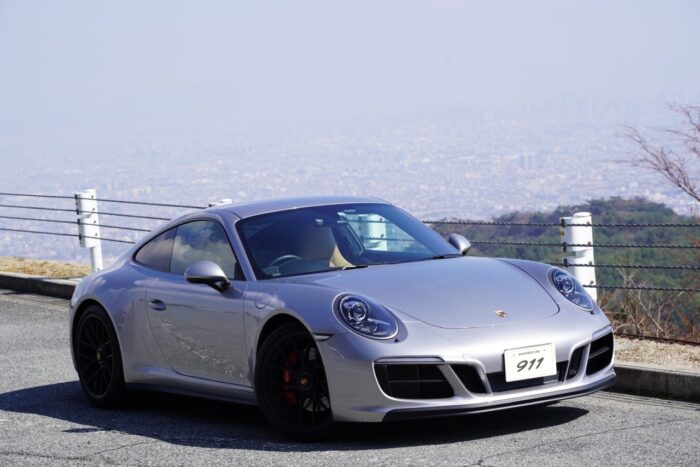
Porsche may have a limited number of models, but it offers a wide variety of grades.
Even within the 911 lineup alone, there are numerous options starting from the base coupe, S model, GTS model, four-wheel-drive 4 model, 4S model, 4GTS model, Turbo, Turbo S, GT3, GT3 RS, GT2 RS, plus Cabriolet and Targa versions, making for quite a large selection.
It’s impossible to test drive them all, and even dealership salespeople haven’t experienced every model, so it’s rare to find someone who can clearly explain the differences in their own words.
I myself haven’t experienced every model, so I can’t speak too authoritatively, but running this blog has allowed me to experience more Porsches than the average person, and I believe I have a good grasp of the subtle differences in options and features.
This time, as a reference, I’d like to summarize which grades and models I recommend based on different uses and situations, drawing from my past experiences.
コンテンツ
Recommended Porsche Models and Grades by Situation
For Circuit Driving
Basically, any Porsche grade can handle circuit driving without modifications. As Porsche says, “There is no other sports car that lets you go shopping right after racing at the Nürburgring,” meaning these cars are originally designed with track use in mind.
At a typical track day level, even after running several sessions in a day, the engine, oil temperature, and water temperature remain perfectly fine. It’s surprisingly stable with no issues, and the brakes don’t fade at all.
Among these, the GT series models are naturally the most suitable, such as the GT3, GT3 RS, and GT2 RS. From my experience owning a GT3, I recommend the RS variants if you’re serious about circuit driving, rather than the standard GT3.
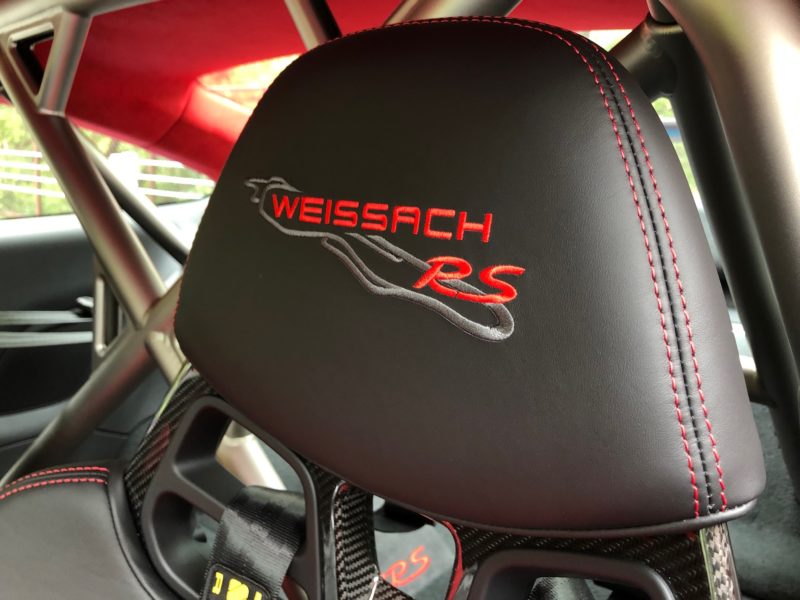
The regular GT3 is already very fast and aimed at advanced drivers who can barely handle it, but on high-speed corners, you might find yourself wishing, “If only it had the RS wing here” or “If only it were a bit lighter.”
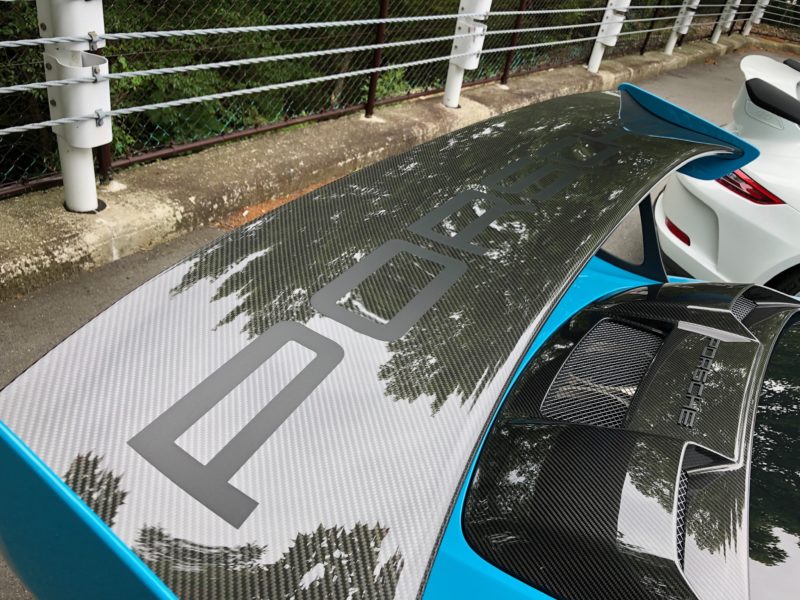
So if you want to drive seriously, I recommend the RS models.
For Mountain Passes and Winding Roads
I would deliberately recommend open-top models like the Boxster, Cabriolet, and Spyder. While some argue that coupes offer better body rigidity, on Japan’s tight mountain roads, the lower center of gravity from having no roof can actually enhance driving pleasure more than body stiffness.
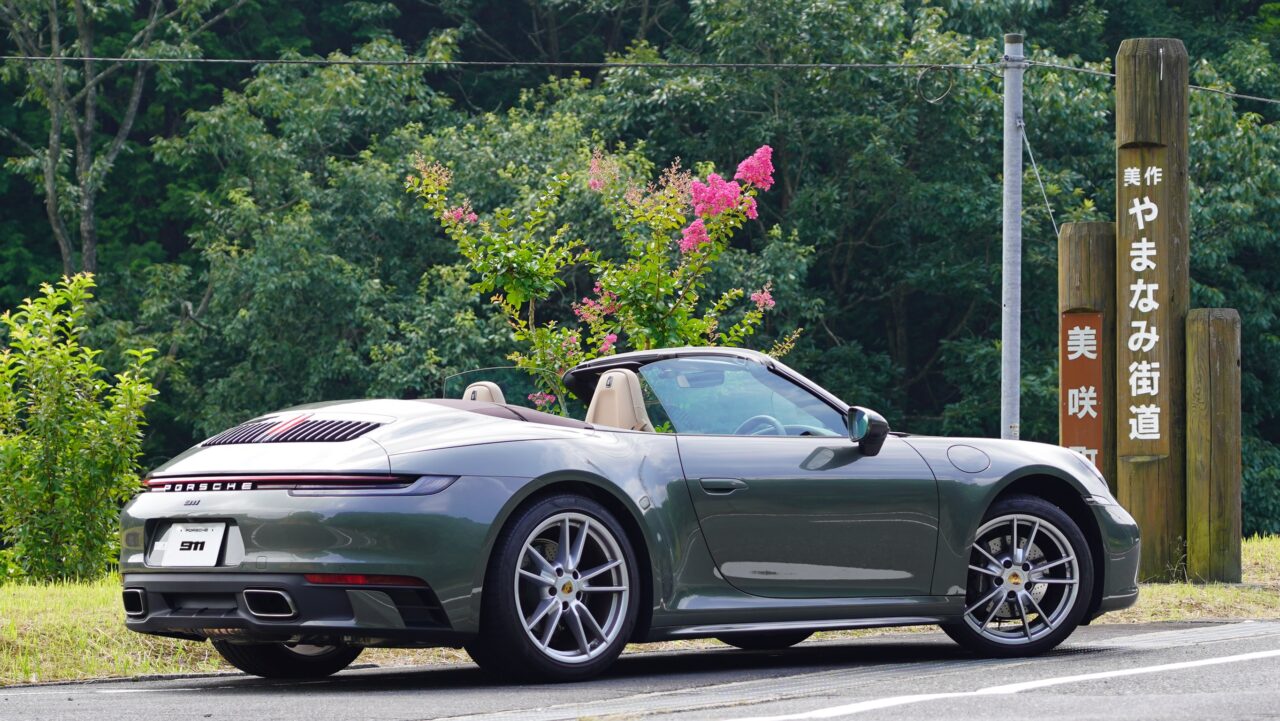
In fact, I heard from a well-known racing driver instructor at a Porsche driving school that when comparing the 718 GT4 and Spyder on a course with many tight corners, the Spyder is actually faster.
The reason is that the lighter roof lowers the center of gravity, making the car more agile.
Also, the open-air feeling and sense of escape that come with a convertible offer an irreplaceable driving pleasure. If you’re driving on empty winding roads in the suburbs, I recommend open-top models.
For Long-Distance Touring
By long-distance touring, I mean driving about 500 km in a day without getting too tired. The key factors for this are 1. ample power, 2. reliable performance in any weather, and 3. high-speed stability and comfort.
With that in mind, any model other than the GT series is basically suitable, so you won’t be disappointed with any choice. Among them, I’d say GTS models and four-wheel-drive variants are particularly well-suited.
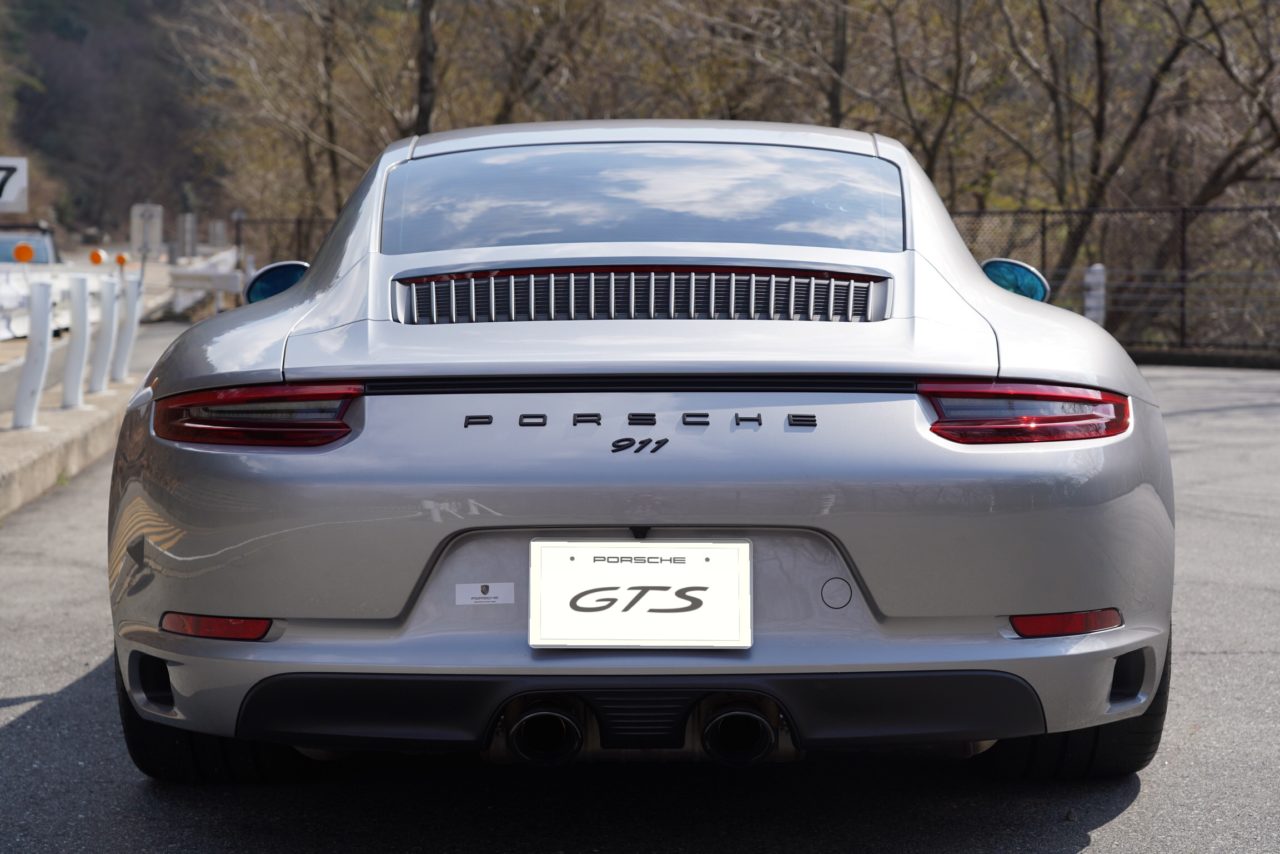
If you want to drive with plenty of torque and mid-range power, the Turbo models (which are all 4WD) are great. The GTS models, which stand for “Grand Touring Sport,” truly offer a touring package.
They combine power with rich equipment and options, without the harshness or nerve-wracking nature of the GT3, making them high-performance grades ideal for long distances. So, ideally, something like the Carrera 4 GTS is perfect.
On the other hand, if you prefer to keep the engine revving more, the slightly less powerful S or base models may be fine.
For Use as a Date Car
The most important factor for a date car is comfort for the passenger seat.
Look at loud supercars driving around town. The male driver usually looks proud and happy, but the female passenger often looks annoyed or uninterested, fiddling with her phone.
That’s the reality. What men think is a great date car—loud, low, and cool—is often very different from what women consider a good car.
With that in mind, I think luxury coupes or sedans from brands like Lexus or Mercedes are more suitable than Porsche. However, if you want to choose from Porsche, Turbo models or Targa versions are good options.
The Turbo S, reigning at the top, comes fully loaded with every 911 option. You can relax in its luxurious 18-way adjustable seats and cruise comfortably, or step on the gas to unleash acceleration that even surpasses the GT3. Its smooth initial response and rich torque deliver an inspiring driving experience. This is what a great car feels like.
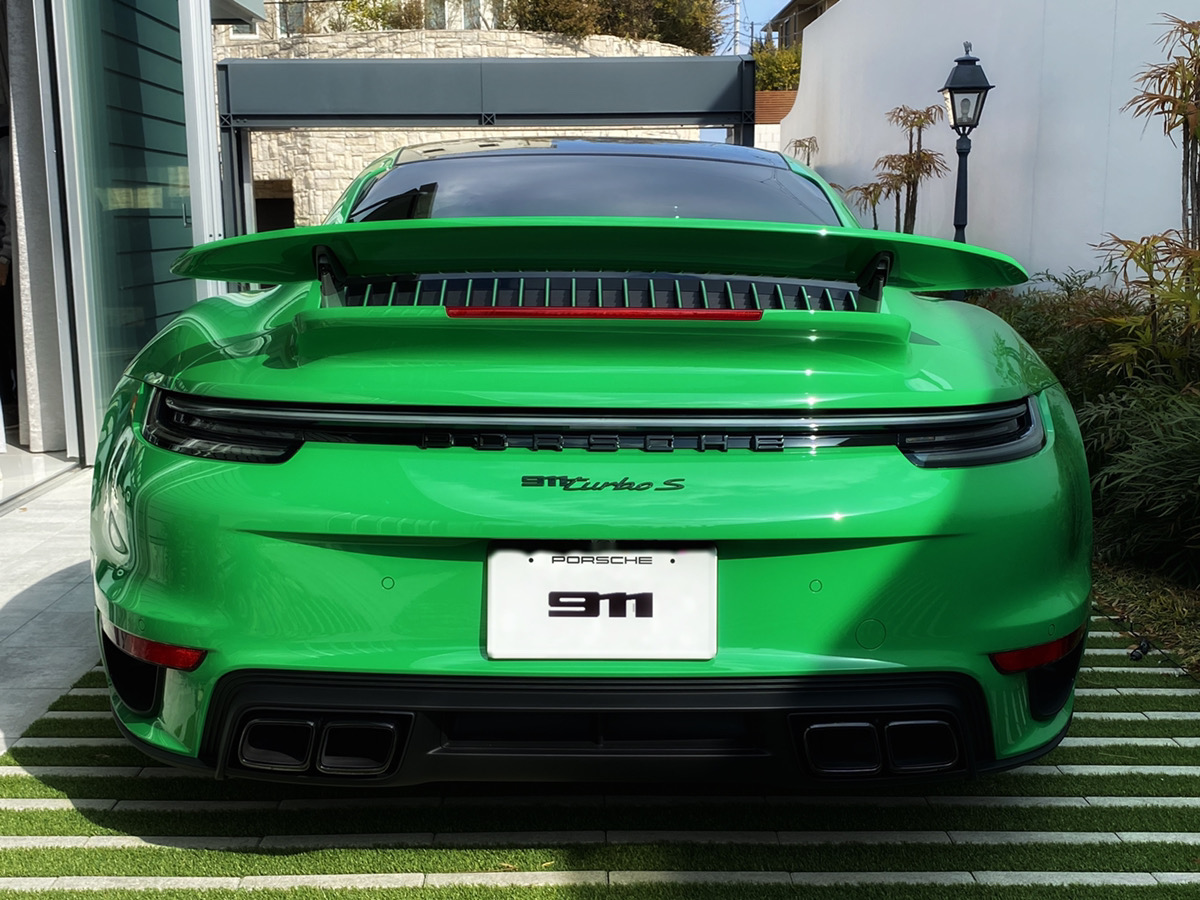
The Targa’s stylish Targa bar makes it look stunning parked outside any café or hotel entrance. Plus, its suspension is specially tuned for a very luxurious ride.
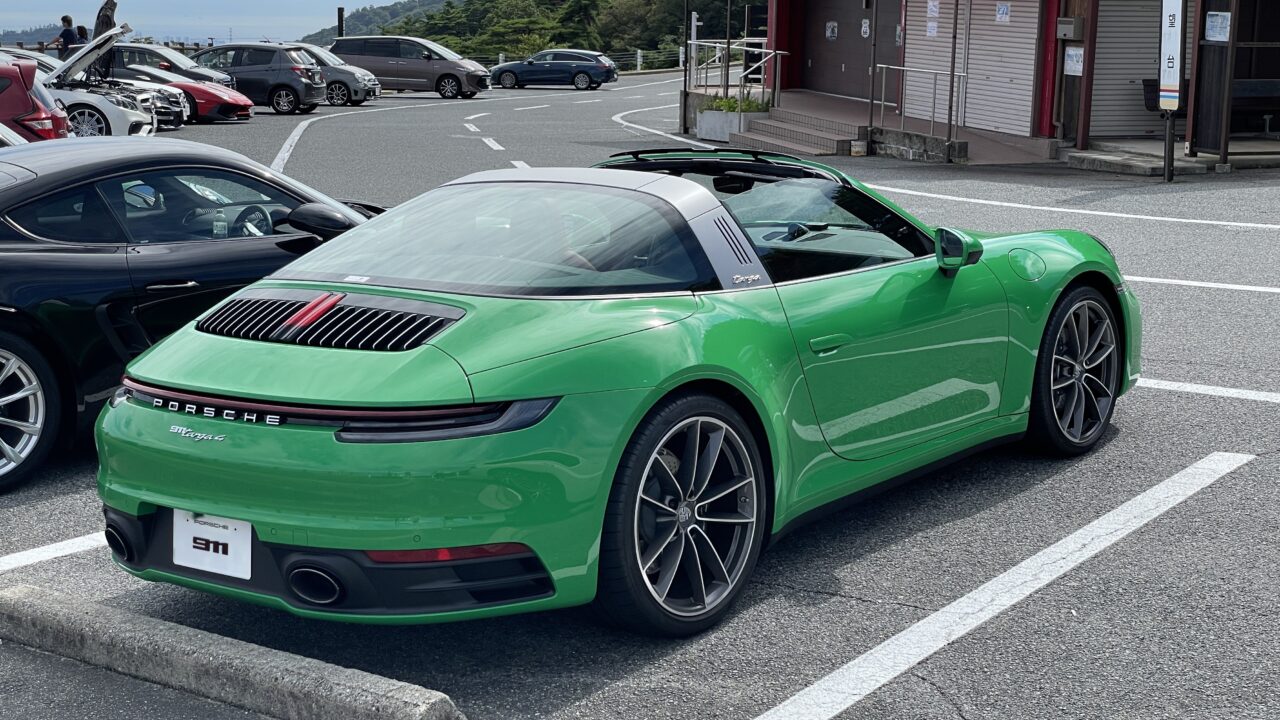
Among 911s, I think these two grades offer the best comfort after the Turbo line.
If you want to use other grades as a date car, having PASM is recommended. While the difference is minimal at high speeds, PASM improves ride comfort at low speeds. Even better is if the car has PDCC.
These features are standard on the Turbo S and make a huge difference in roll control, keeping the car flat and greatly enhancing comfort.
For Daily Use Like Shopping and Commuting
For city driving, models with strong low-end torque that accelerate easily with light throttle input are the easiest to drive.
From my experience, if you mainly drive in Normal mode around town, I recommend S models for naturally aspirated engines and base models for turbo engines.
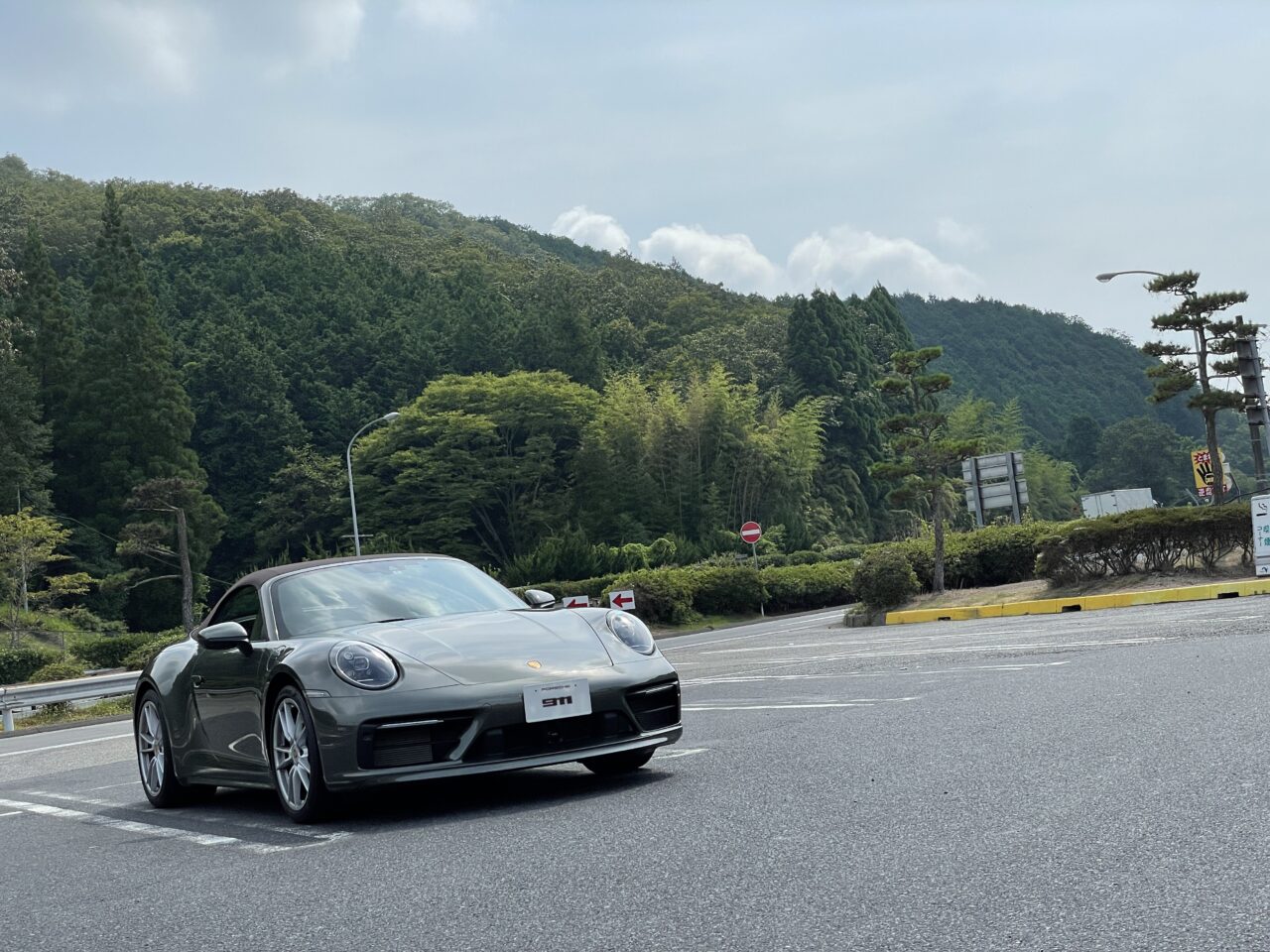
For example, for the early 991 (naturally aspirated), the S model is good, and for the 992, the base model is better. This is because naturally aspirated engines have thinner torque compared to turbos, so a larger displacement makes city driving easier. On the other hand, the turbo base model has quicker turbo response at low RPMs, making it easier to drive in town.
This ease of city driving with lower-grade turbo engines applies not only to the 911 but also to the Cayenne and Panamera, so it’s a safe bet.
For Weekend or Holiday Drives in the City or Urban Expressways
For Porsche owners living in Tokyo, this might be a common use case. Busy on weekdays, mostly using a company car for commuting, but wanting to enjoy driving their beloved Porsche on weekends. However, family time means no long trips to Hakone.
You might drive early mornings or late nights on empty city streets or cruise the Shuto Expressway to Daikoku PA.
For such use, since driving time is short, you might as well choose a somewhat spartan or high-performance model.
For example, GT3 variants, Spyders, and GT4 grades offer a special feeling and are perfect for experiencing a weekend escape.
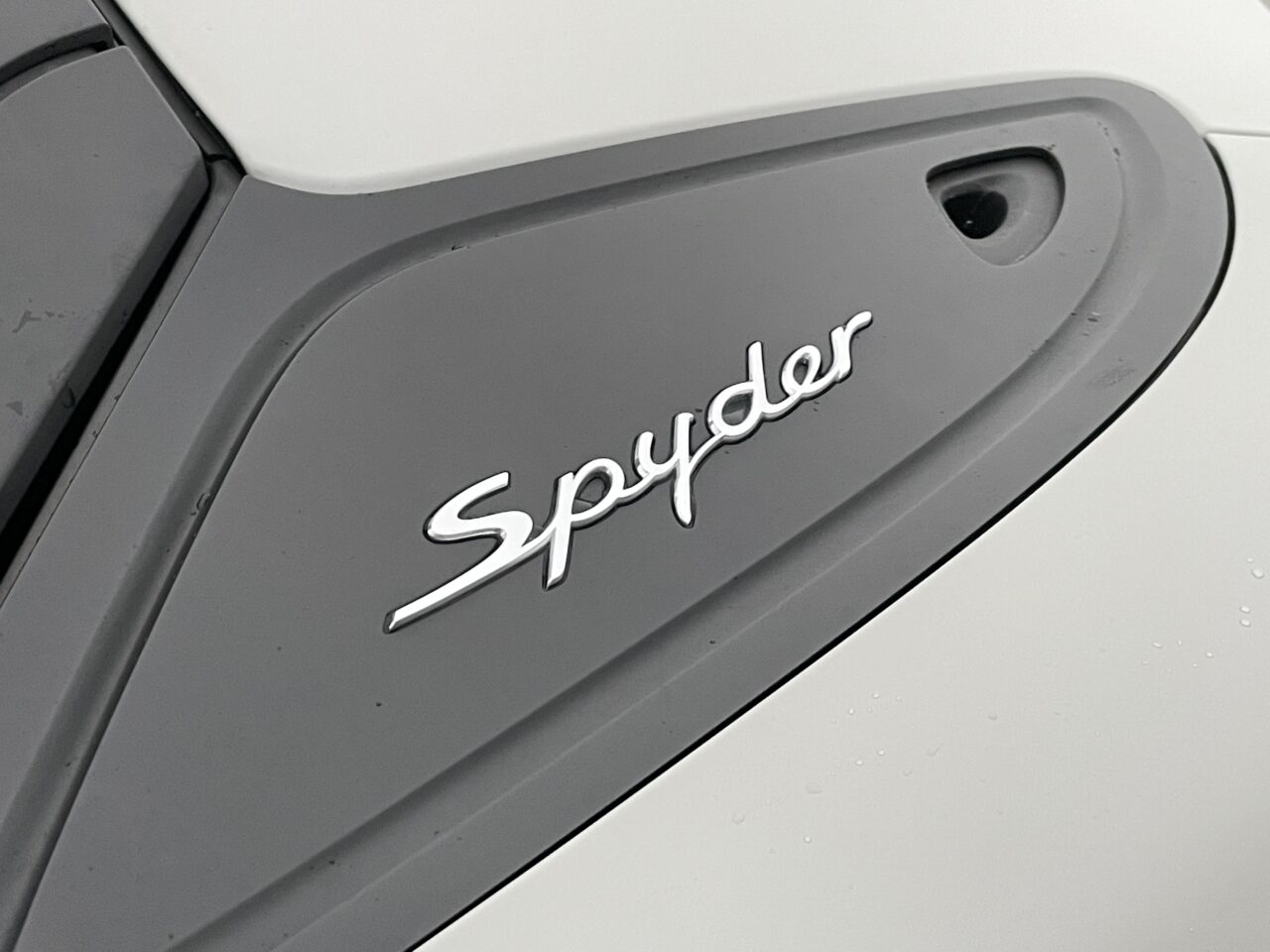
Of course, you can only enjoy a fraction of their performance on public roads, so it might feel like a waste, but if you see it as a luxurious break from everyday life, it’s worthwhile. These models also attract a lot of attention in the city, satisfying your pride of ownership.
Porsche’s Wide Range of Capabilities
These are my personal recommendations by use and situation. Of course, preferences and perceptions vary, and more detailed scenarios might lead to different conclusions.
So please use this as a reference only.
Ferry Porsche once said, “The 911 is the one and only car that can drive from African safaris to Le Mans, from theaters to the streets of New York.”
In other words, Porsche is a car with an incredibly wide range of capabilities, all realized at a very high level. This philosophy continues today: even a GT3 can be driven in the city, and base models can enjoy the circuit.
So don’t overthink it. Just consider which grade suits your most frequent use, and choose accordingly—that’s all I hope for.
このブログが気に入ったらフォローしてね!


Comment ( 0 )
Trackbacks are closed.
No comments yet.